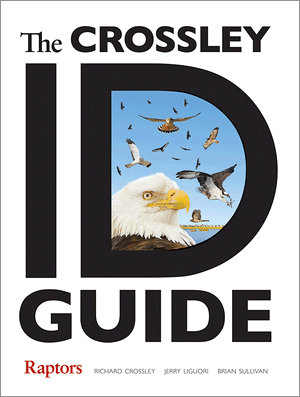Sept 29 - Hatteras Pelagic

Last Sunday's pelagic out of Hatteras, NC was most notable for its Black-capped Petrel show, plus one intriguing unidentified bird. First, the Black-caps were spectacular. Dominated heavily by "dark-faced" birds (only a couple classic "white-faced" were seen all day), this species was in nearly constant attendance in the deep blue water of the Gulf Stream, making far more close passes than usual. I don't care how many of these anyone has seen before - a show like the one we enjoyed is always awe-inspiring. Black-capped Petrel (dark-faced) Black-capped Petrel (dark-faced) Black-capped Petrel (dark-faced) Black-capped Petrel (white-faced) Cory's Shearwaters, represented by both borealis and diomedea subspecies, were rather abundant. Cory's Shearwater ( borealis ) Cory's Shearwater ( diomedea AKA Scopoli's Shearwater) One particular Calonectris shearwater stood out from the rest. I spotted this bird from a m...

